Every piece of natural stone is as unique as a fingerprint, with a physical structure and chemical composition shaped by millions of years of geological processes. This endless complexity translates to an incredible variation in colour, appearance and performance, even for stones of the same kind.
The Artedomus team handpicks stone from all over the world, for outstanding beauty and durability, and will guide you in selecting the stone best matched to your aesthetic preferences and functional needs. But it’s important that you also have a good understanding of this compelling natural material before you make a purchase.
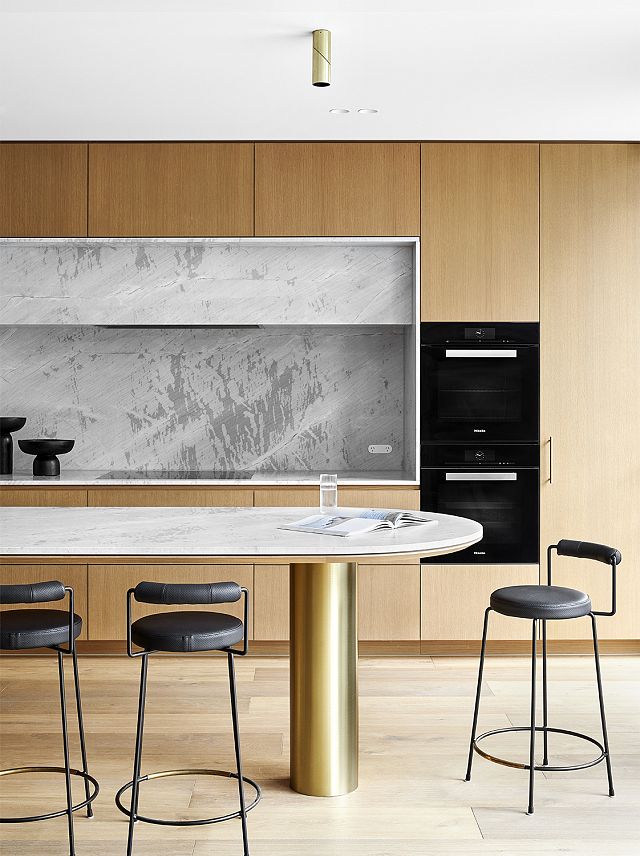
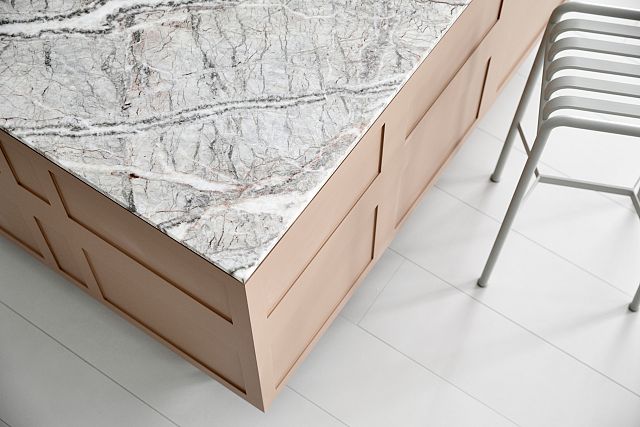
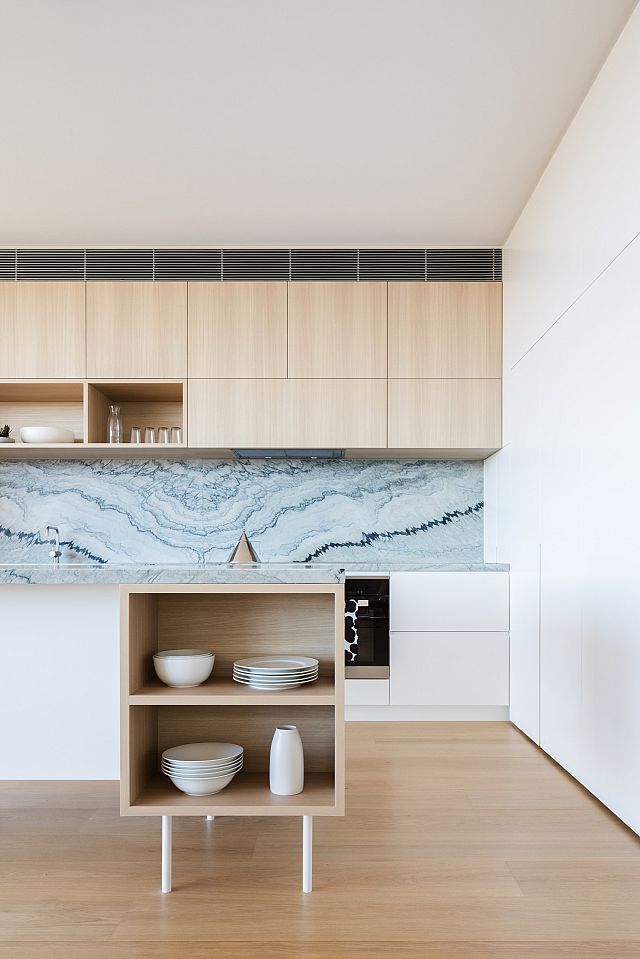
Understanding how natural stone performs
A large part of the attraction of any natural material is its tendency to change in appearance over time, and develop a patina that tells the story of its use. Natural stone is no exception, and there are three fundamental qualities that influence how readily these changes occur: the stone’s hardness, which will determine how durable it is in different applications; how readily it absorbs oils, which can darken the stone; and how reactive it is to acids like citrus juice and vinegar, which can leave white “acid etching” marks.
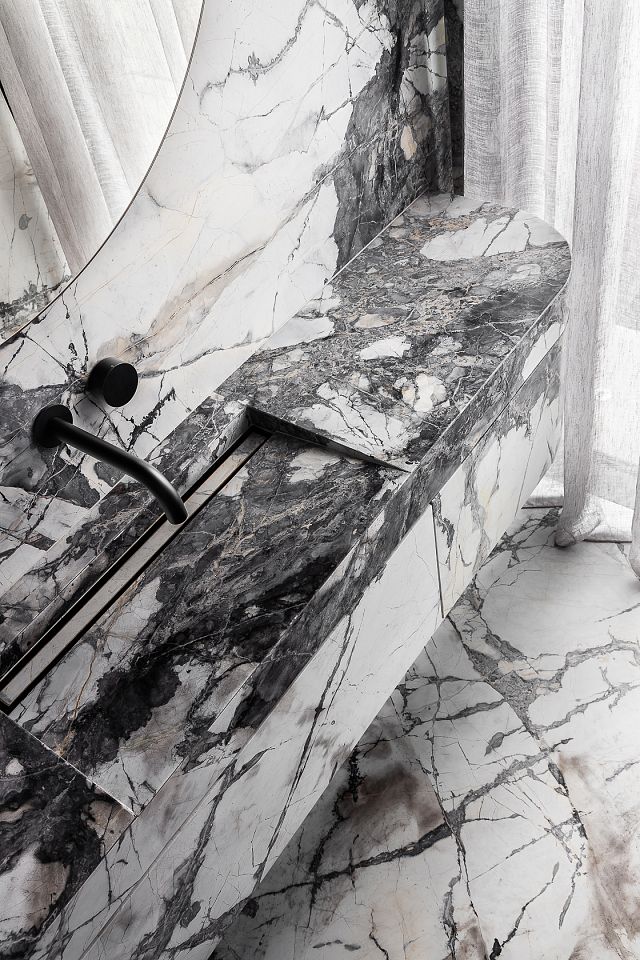
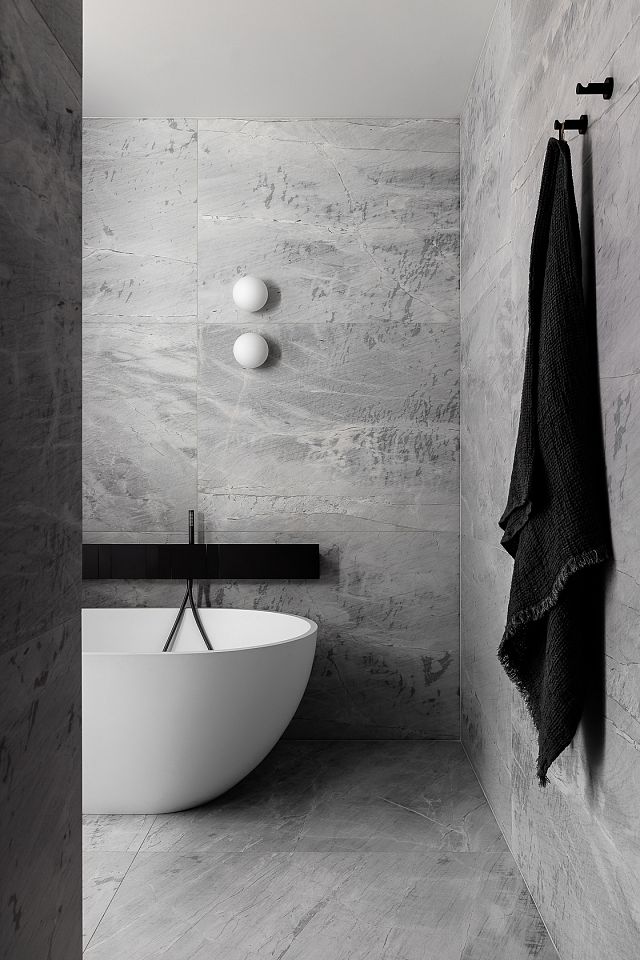
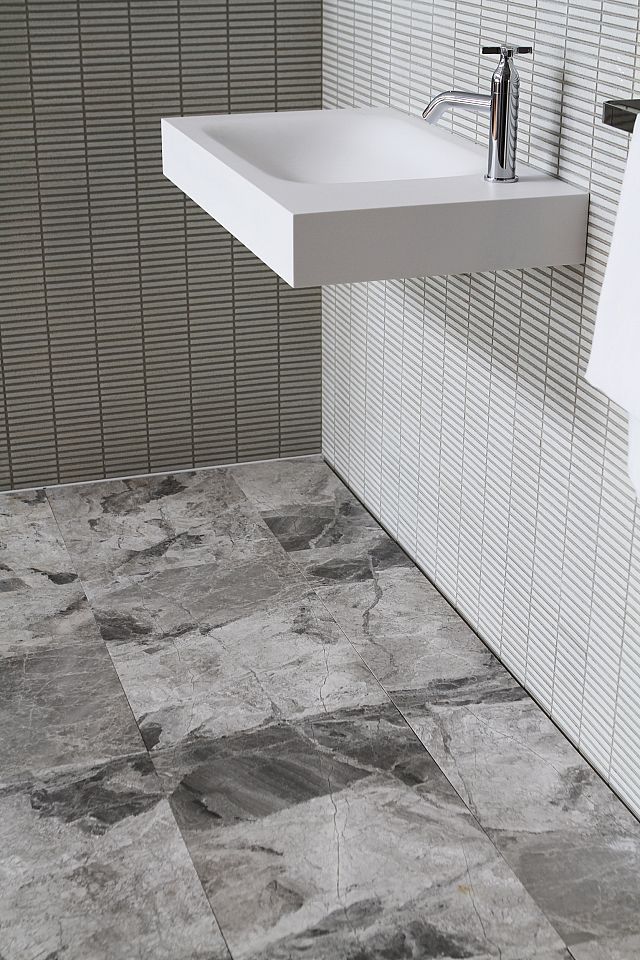
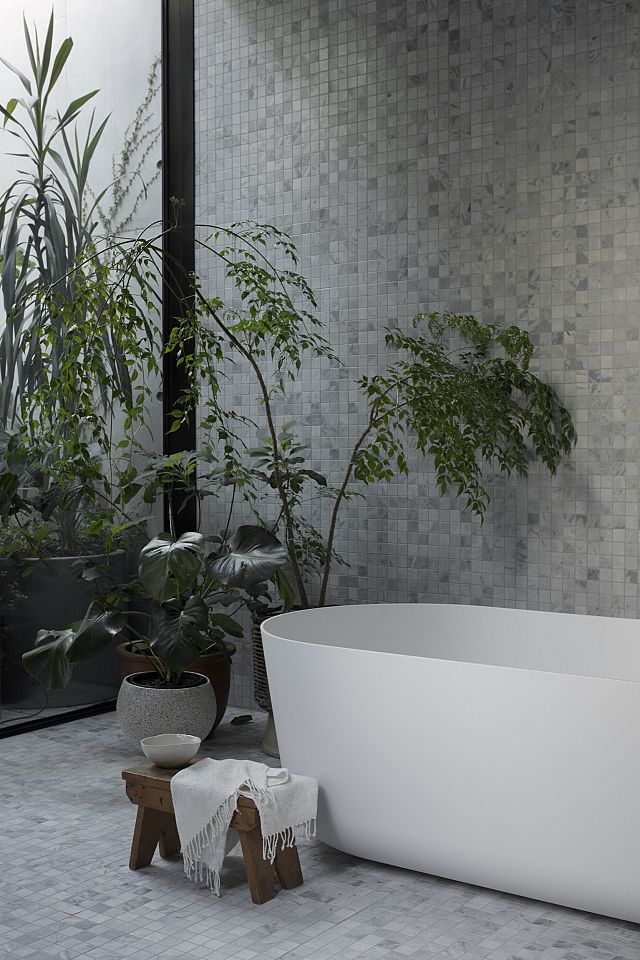
These qualities can be managed, by applying sealant to mitigate oil penetration, for example, or choosing a lighter stone to minimise the impact of acid etching. And of course, in the vast majority of cases, natural stone can be re-honed if required, to return it to its original appearance. But the best way to predict how a natural stone will perform, is to understand what kind of stone it is – that is, how it was formed and what it’s made of.
Sedimentary stone: limestone, travertine and sandstone
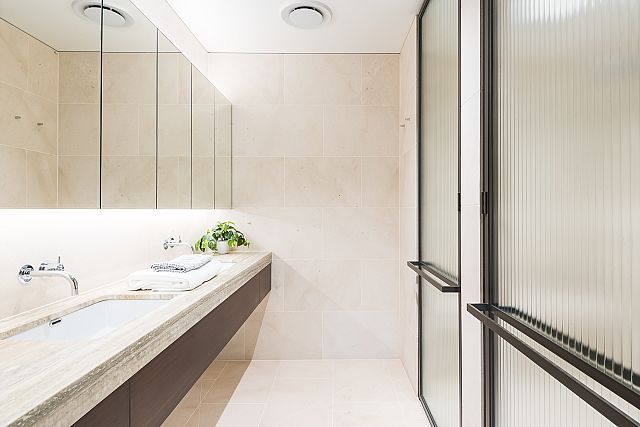
Sedimentary stone is formed from small particles that have been deposited by water and hardened into rock. In the case of limestone, these particles are the remains of marine organisms, which have settled on the floor of an ocean, lake or river. Travertine, by contrast, is formed from super-saturated mineral solutions such as those found at hot springs. However, despite their different origins, both are composed primarily of calcium carbonate, which is reactive to acid. And because they’re quite porous, oil can quite readily penetrate their surface. So consideration should be given to choosing them for appropriate applications and applying the right stone sealant, something that Artedomus can advise on. (Interestingly, the porosity of limestone and travertine also means that surface oil will continue to seep deeper into the stone, so that the appearance of any darkened patch can lessen over time.)
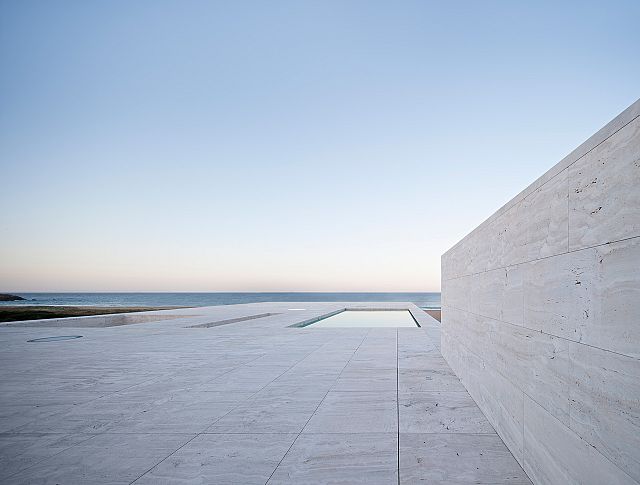
The third kind of sedimentary stone, sandstone, behaves quite differently, because it’s defined by the sand-sized particles in its composition rather than chemistry. In the case of Bedonia, a sandstone offered by Artedomus, the main component is a quartzitic sand, which makes it less susceptible to acid etching. Bedonia is particularly dense, so it’s also less susceptible to oil discolouration than the many sandstones on the market, and notably harder than other sedimentary stones – in fact, it’s closer to granite in terms of durability.

Metamorphic stone: marble, dolomite and quartzite
As the name suggests, metamorphic stones have been changed from their original state, as a result of geological forces deep in the earth’s crust. They’re prized in interior design for their dramatic vein-like impurities. And because they’ve been compacted in the earth, they tend to be quite strong. But their performance as a surface material also depends on the chemical composition they retain from their original state. So marble, which comes from primarily limestone that has been recrystalised, can be reactive to acid, depending on the amount of calcium carbonate it contains. Whereas dolomite, although quite similar to marble in appearance and hardness, is defined by the presence of magnesium, which makes it more resistant to acid etching.


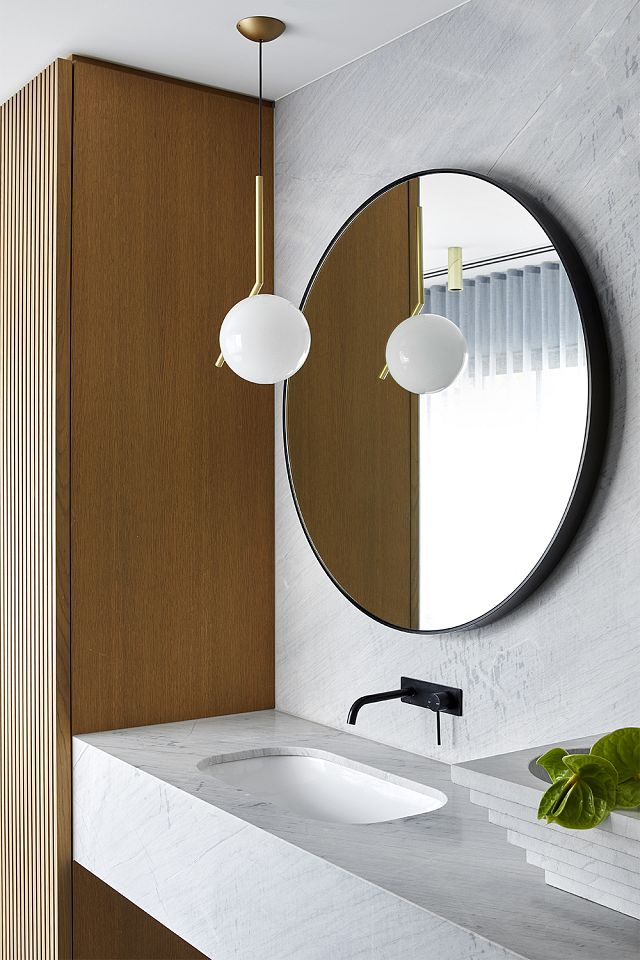
Another metamorphic stone, quartzite, has emerged in Australia more recently as an excellent option for kitchen benchtops. It’s composed primarily of silicon oxide, typically from sandstone, where geological processes have removed the calcium carbonate from the stone. These processes leave beautiful quartzitic veins and layered effects, within a material that is incredibly hard and incredibly resistant to acid. In fact, out of all the natural stones used for architectural applications, high-quality quartzites such as deep green Bizanto and charcoal-veined Cortona are the most durable.
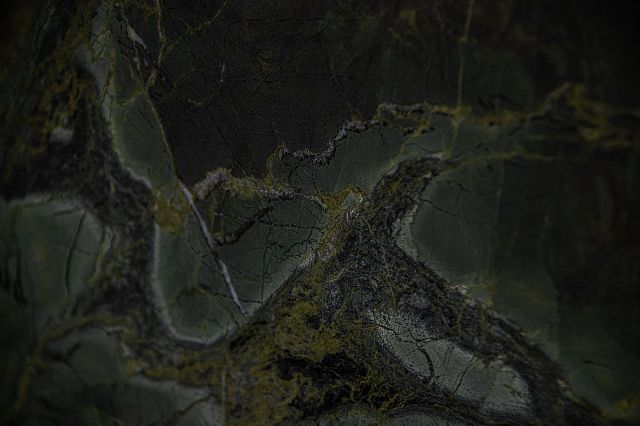
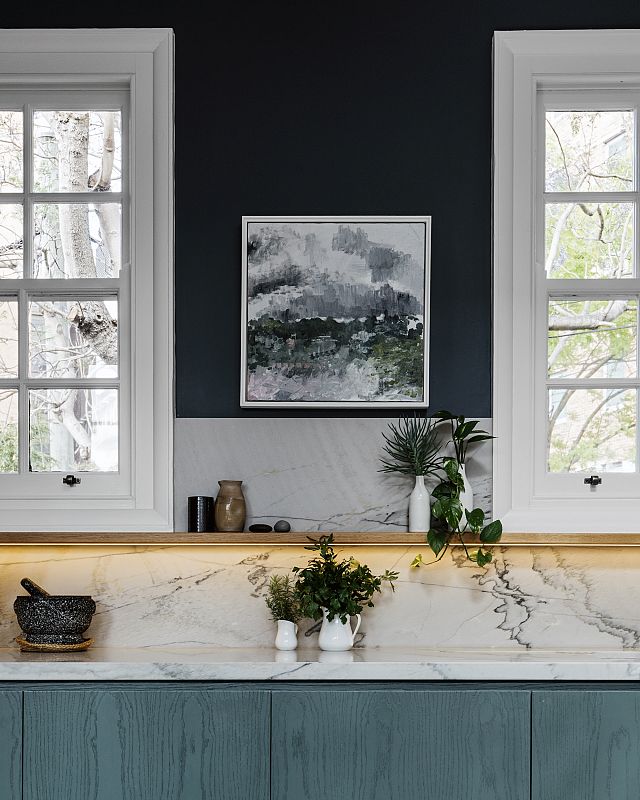
Igneous stone: granite
Much like quartzite, igneous stone is typically composed of silicon oxide, although in this case bound together by heat in underground reservoirs of molten rock. The most well-known example is granite, which has been a mainstay in domestic kitchens, prized for its durability and very consistent tonal appearance. And while interior design trends have moved away from granite in favour of the more texturally dynamic sedimentary and metamorphic stones, it’s still a very good performer, particularly with regard to hardness and acid resistance.
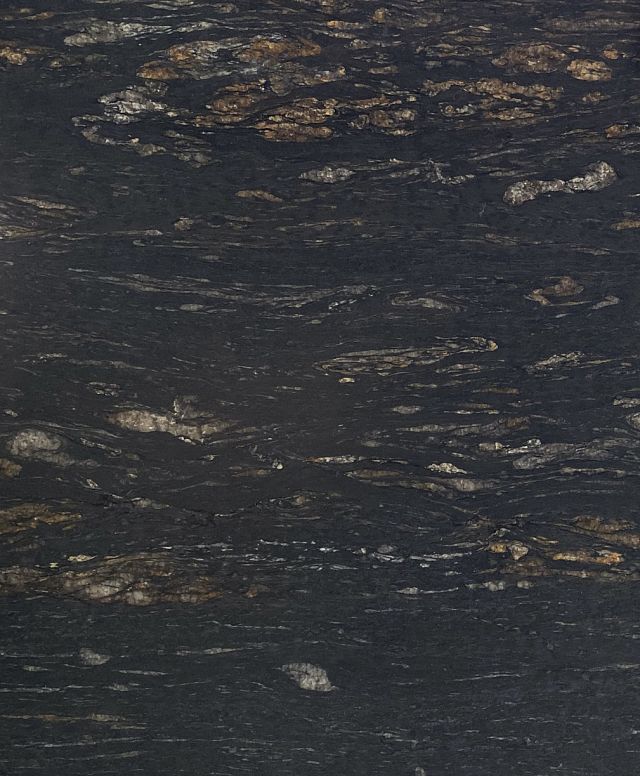

How to choose natural stone
With so much variation in looks and performance for each category, it pays to keep an open mind when choosing natural stone. If you’re looking for a beige stone, for example, don’t limit yourself to limestone. Or if you want a dramatically veined stone, consider marble of course, but don’t discount other options, such as quartzite. Instead, start with an aesthetic in mind, and then work with the team at Artedomus to find a stone that also meets your performance requirements.


Once you’ve made a selection, it’s important to take a sample away with you, look at in situ or with other elements from your planned material palette, and test it for durability. This way, you can make sure that you’re happy with how it will perform, and how it might change in appearance, before you make a purchase. And then you can look forward to many years of enjoyment with this beautiful natural material.

Discover Artedomus Inventory, giving you direct, digital access to our rare, exclusive natural stone collection. Request your access today to browse individual blocks, understand what’s in stock, and shortlist your options.
Like this article? Dive into our 10 natural stone and porcelain benchtop alternatives to engineered stone.